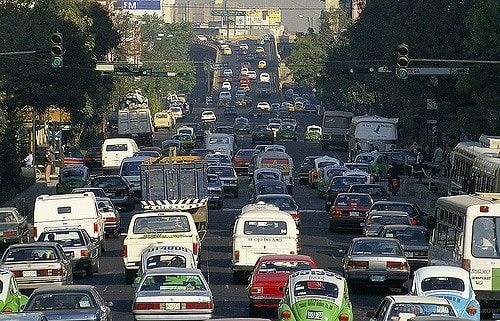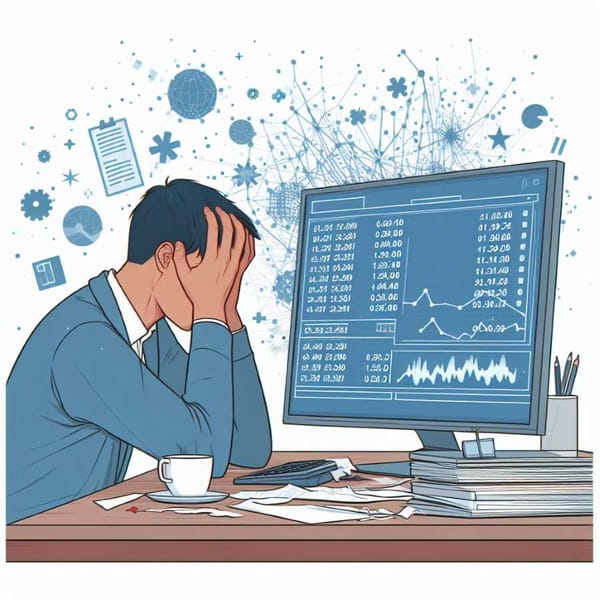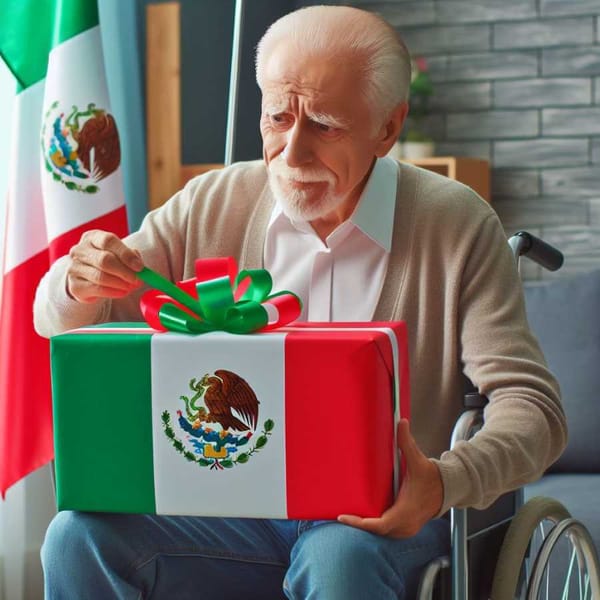Guadalajara transport paralysis
Deficiencies of the state public transport system keep the pearl of the tapatia on the verge of collapse.

The exponential increase in the use of private vehicles as a response to the deficiencies of the state public transport system keeps the pearl of the tapatia on the verge of collapse. The Metropolitan Zone of Guadalajara (ZMG) has become more complex and so too the daily problems that its inhabitants must face. One of the most common is public transport, which encompasses the deficiencies of an old system and poorly structured, as referred to experts in urban planning. The state of Jalisco has a population of just over eight million inhabitants, according to the latest records of the Institute of Statistical and Geographic Information (IIEG), where more than 60 percent of them reside in the central region of the capital city.
The complexity is that, over the past 28 years, the number of people living in the ZMG increased by 7.4 percent. This leads to an increase in the demand for housing and basic services that have led to the continuous expansion of the city, causing, in turn, one of the daily problems are the long hours wasted in public transport. A recent study of the observatory Jalisco Como Vamos, emphasizes the duration of the journey of a Jalisco on average; that is to say, the time that the people occupy to be able to move daily in the pearl tapatía. The document titled 'Move in GDL' states that a person can take up to three hours to move from one point to another in the city.
"The dispersed and expanded city model dependent on the long-term automobile will be unsustainable"
Roberto Aceves, academic at UdeG
"This puts on the table the importance of focusing public policies on mobility and collective transport to groups in conditions of vulnerability, to guarantee that everyone has access to the same opportunities," reads the analysis of "Jalisco. How are we going?" The hours spent on transportation such as Macrobús, Pretren, Tren Ligero, and Trolleybus, is essential to understand the slowdown of public mobility systems due to its high demand, as well as the exponential increase of the metropolitan vehicle fleet. The citizen observatory stresses that the state government must work to improve current conditions, taking into account that in recent years, the only major mobility project, the expansion of the Light Rail network, promoted by Aristóteles Sandoval in 2013, could not be implemented in its entirety.
Practice of risk
The bad conditions of public transport and the motorized mobility of the metropolis have also impacted healthy and alternative means of transport such as cycling. The long distances and the lack of infrastructure for the safety of the flow of the inhabitants in these vehicles caused that cycling became, today, a dangerous practice. Last Sunday, a man of the third age who was transported in his bicycle by the municipality of Tlajomulco was hit by a unit of public transport that traveled at high speed. When the truck rammed the man of about 80 years, the latter lost his life.
Although only two percent of the population in the state claims to use this type of transport daily, organizations such as Bicicleta Blanca have focused on improving the mobility of the city and preventing the increase in claims against cyclists and pedestrians. The organization highlights that of the last 11 cases that involved the deaths of cyclists, seven have been caused by public transport units, so they expressed their position on Monday, February 18. "A total restructuring is required: better working conditions for the people who operate the units, training to them, technological improvements to the units and greater infrastructure to ensure safety in the use of the bike," they said through social networks.
The government of Enrique Alfaro said that up to now 8 thousand sanctions have been lifted against transporters who left the norm This demand was immediately reacted by the Integral Territory Management coordinator, Patricia Martínez Barba, who indicated that work is already underway on a project to restructure the public transport of the ZMG, a strategy promoted by the administration of Governor Enrique Alfaro that will be presented for evaluation in the coming days. "We deeply regret each one of the deaths and we do not stay there. The Ministry of Transportation performs daily supervisions to prevent carriers from operating without control. We carry almost 8 thousand sanctions; This had not been done for years, " said Martínez Barba.
Motor empire
For 33 percent of the population in the ZMG, the reality is motorized. According to data from 2018 of the Secretariat of Planning, Administration, and Finance, the number of vehicles in the metropolis has increased to one million 570 thousand. Given the proliferation of taxis, motorcycle taxis, private vehicles, and motorcycles in the demarcation, it is estimated that there are 315 vehicles per thousand inhabitants, a high rate that positions the pearl of Guadalajara as one of the most congested cities, in terms of vehicles, of Latin America. On this panorama, the academic of the University of Guadalajara, Roberto Aceves Arce, warned: "The model of a dispersed and expanded city dependent on the automobile in the long term, will be unsustainable, so it must move towards the new paradigm of mobility urban, where pedestrians, bicycles and public transport are prioritized ".




